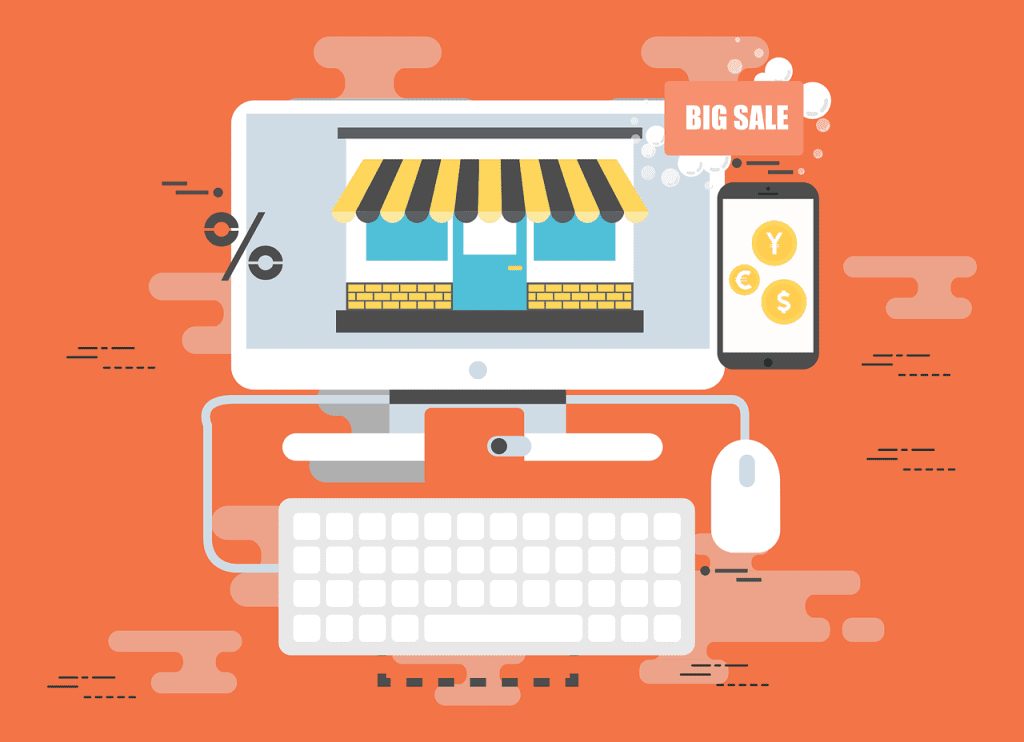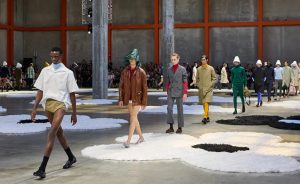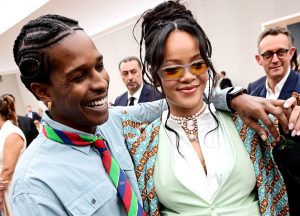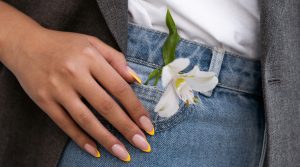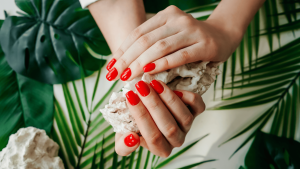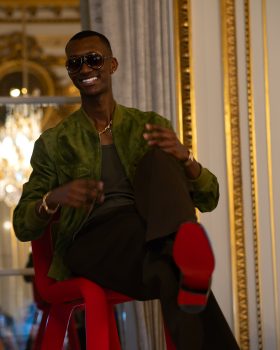In today’s fast-paced digital world, the fashion industry is not untouched by the impact of technology. From shopping for the latest trends online to designing custom apparel through mobile apps, technology has woven itself into the very fabric of the fashion world. At the heart of this digital revolution lies UI/UX design, which plays a pivotal role in creating seamless and visually appealing fashion experiences.
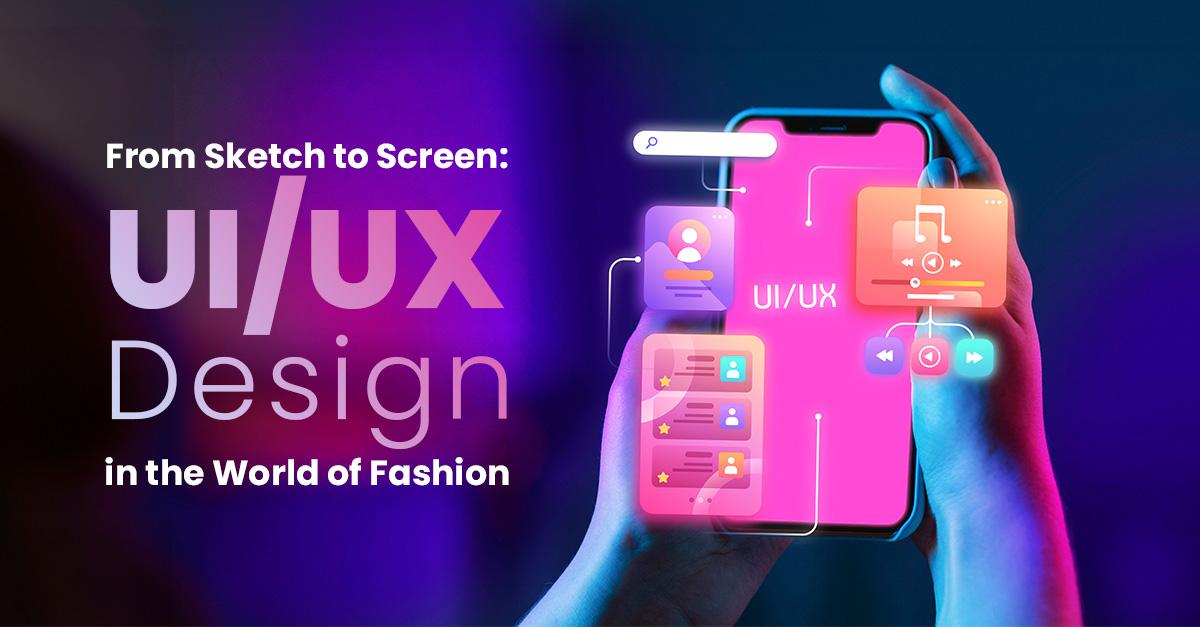
In the journey from sketch to screen in the world of fashion, an online UI/UX design course serves as a valuable tool. It equips designers with the essential skills to create seamless and visually appealing digital fashion experiences, enhancing the overall quality of fashion apps and websites.
In this blog, we will explore the fascinating journey of UI/UX design in the world of fashion, from the initial sketch to the final screen.
The Role of UI/UX Design in Fashion
User Interface (UI) and User Experience (UX) design are the unsung heroes of the fashion industry. These design disciplines are responsible for crafting the interactive and visual elements that make fashion websites and apps not just functional but also enjoyable to use. Whether you’re scrolling through an online catalog, customizing clothing items, or making a purchase, it’s the UI/UX design that guides you through these actions smoothly.
- Sketching the Concept
Just as a fashion designer begins with a sketch to visualize their creation, UI designers embark on a similar journey when crafting a fashion app or website. They initiate the process by conceptualizing the user interface, much like a fashion designer envisions an outfit. UI designers create wireframes, which can be likened to the blueprints of the digital fashion experience. These wireframes serve as a detailed plan, delineating the layout of the app or website, the strategic placement of buttons, and the overall navigation flow. In essence, wireframing is the digital equivalent of meticulously mapping out a dress or outfit design before it’s brought to life on the screen.
- Color and Visual Elements
Much like fashion designers meticulously curate colors, fabrics, and patterns to reflect a brand’s essence, UI designers embark on a similar journey in the digital realm. Their task involves hand-picking color palettes and visual elements that harmonize with the brand’s identity and resonate with the intended audience. Color psychology is a linchpin in UI design, as each color elicits distinct emotions and sentiments. For instance, an upscale fashion label might embrace subtle, refined hues to communicate sophistication, while a streetwear brand might opt for vivid, dynamic colors to exude youthful energy. These color choices serve as a silent yet powerful language in conveying brand messages and creating user connections.
- Crafting the User Experience
The user experience (UX) design is where the magic happens. It involves creating an intuitive and enjoyable journey for the users. Imagine you’re trying on clothes in a boutique; the experience should be smooth, engaging, and tailored to your preferences. Similarly, in the digital fashion world, UX designers focus on making sure that users can easily browse, search, and interact with the products.
Navigation menus, search functionality, and filters are carefully designed to simplify the process of finding the perfect outfit. Additionally, the checkout process is streamlined to ensure a hassle-free shopping experience. UX designers work tirelessly to minimize friction points and maximize user satisfaction, just as fashion designers aim to provide comfort and style in their creations.
- Responsive Design
In the contemporary digital landscape, the adaptability inherent in fashion finds its parallel in UI/UX design. With users accessing websites and apps across a spectrum of devices, the significance of responsive design cannot be overstated. UI/UX designers play a pivotal role in ensuring that fashion websites and apps harmoniously adapt to the varying screen sizes of desktops, laptops, tablets, and smartphones. This harmonization guarantees that users can seamlessly shop for fashion items or browse through collections on their preferred devices without encountering any usability impediments. It underscores the importance of a consistent and user-friendly experience, regardless of the platform used.
- Aesthetic Appeal
Fashion and UI/UX design share a common thread in their inherent visual nature. When it comes to fashion websites and apps, meticulous attention is given to crafting a captivating visual experience. This entails the use of high-quality imagery and videos that showcase clothing and accessories with precision, highlighting intricate details and textures. The layout itself is thoughtfully designed, aiming for visual appeal that aligns seamlessly with the brand’s identity. This amalgamation of striking visuals ensures that users are not just engaged but also left with a lasting impression, making their interaction with the platform truly unique and memorable.
- Personalization
A standout feature of UI/UX design in the realm of fashion is its capacity to deliver personalized experiences. Similar to how fashion designers craft customized clothing, UI/UX designers harness the power of data and algorithms to offer individualized recommendations. Through the analysis of user actions and preferences, fashion applications can propose clothing and accessories that harmonize with each user’s distinct style. This tailoring of suggestions enhances user engagement, satisfaction, and the overall shopping experience, mimicking the bespoke service provided by traditional fashion designers who create one-of-a-kind pieces to match a client’s unique taste and fit.
- Testing and Iteration
Much like fashion designers who create prototypes and conduct fittings to refine their designs, UI/UX designers engage in extensive testing and iteration. Usability testing helps identify pain points in the user journey, and feedback from real users is invaluable. UI/UX designers continuously refine and improve the interface based on user feedback and changing trends.
Conclusion
In the ever-evolving world of fashion, UI/UX design plays a pivotal role in bringing digital experiences to life. From sketching the initial concept to creating visually appealing and user-friendly interfaces, UI/UX designers ensure that fashion websites and apps offer seamless, personalized, and aesthetically pleasing experiences. Just as a well-designed outfit can boost confidence and make a statement, a well-crafted UI/UX design can elevate a brand’s online presence and leave a lasting impression on users.
As technology continues to shape the future of fashion, UI/UX design will remain at the forefront, weaving together style, functionality, and innovation to create the fashion experiences of tomorrow. Whether you’re a fashion enthusiast or a designer, understanding the significance of UI/UX design in fashion is essential in appreciating the intricate dance between technology and style in today’s digital age.
Read More:
back to school fashion trends 2025

fashionabc is a fashion technology platform, comprising a digital directory and various other digital tools and supply chain solutions for the fashion industry ecosystem, that focus on ethical fashion and sustainability. We are building inclusive digital transformation tools for fashion professionals who are willing to take steps towards a more sustainable ethical fashion industry, by adopting AI and DLT blockchain technology.
* building digital profile and IP solutions for fashion businesses
* tackle issues such as provenance and counterfeit in supply chain
* contribute to the construction of a meritocratic ethical fashion industry which is certified and part of the circular economy


